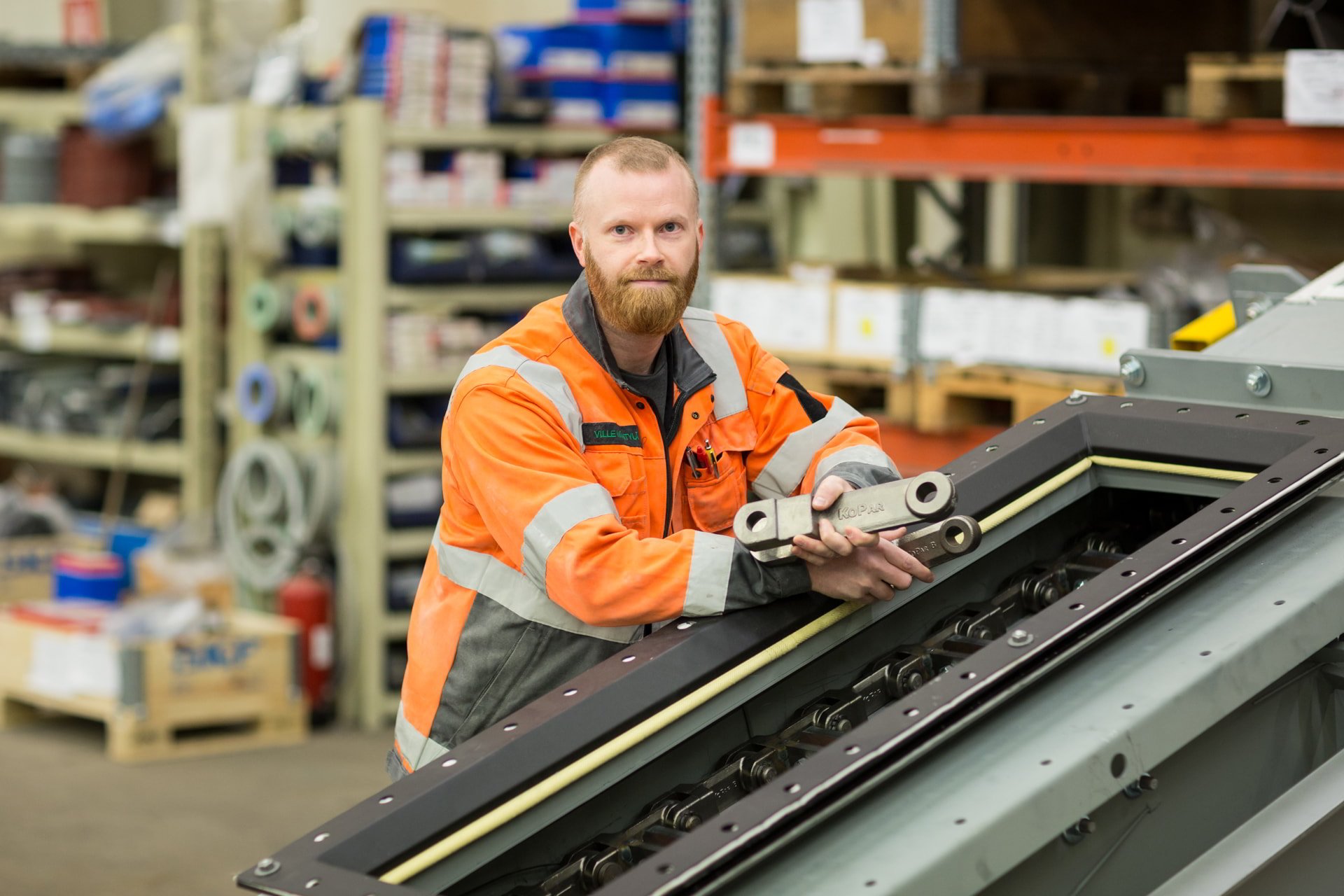Dust removal in flash smelting is essential for maintaining operational efficiency and environmental compliance. Flash smelting, a process used to extract metals from ores, generates significant dust that can hinder equipment performance and contribute to environmental pollution. Effective dust control ensures smoother operations, reduces health hazards, and complies with environmental regulations. By integrating advanced technologies like waste heat boilers, which aid in dust removal and enhance energy efficiency, industries can optimize their smelting processes while minimizing their environmental impact.
What is flash smelting and why is dust removal crucial?
Flash smelting is a high-temperature process used to extract metals, primarily copper and nickel, from their ores. This method offers several advantages over traditional smelting, including reduced energy consumption and lower emission levels. However, the process generates off-gases laden with dust and other particulates. Efficient dust removal is crucial as it directly impacts the efficiency of the smelting process and minimizes environmental harm. Dust particles can obstruct equipment, reduce heat transfer efficiency, and contribute to air pollution if not effectively managed.
How does dust accumulation affect flash smelting operations?
Dust accumulation can have several adverse effects on flash smelting operations. Firstly, it can lead to equipment damage and increased maintenance costs due to abrasive wear and tear on machinery. Secondly, excessive dust can clog the system, reducing operational efficiency and leading to potential downtime. Moreover, dust presents significant safety hazards, including fire and explosion risks, especially in environments with fine particulate matter. Therefore, controlling dust accumulation is essential for maintaining safe and efficient operations.
What methods are used for dust removal in flash smelting?
Various technologies and techniques are employed to remove dust during flash smelting processes. Common methods include:
- Electrostatic Precipitators (ESPs): These devices use electrical charges to attract and capture dust particles from the gas stream.
- Baghouses: This method involves using fabric filter bags to trap dust particles as gas passes through.
- Waste Heat Boilers (WHBs): WHBs play a dual role in energy recovery and dust removal by capturing dust particles that adhere to the water tubes within the boiler.
These methods help reduce the dust load and ensure cleaner gas is released into the atmosphere.
Why is efficient dust removal important for environmental compliance?
Efficient dust removal is key to meeting environmental regulations and standards. Dust emissions from flash smelting can contribute to air pollution, impacting air quality and posing health risks to nearby communities. By implementing effective dust control measures, industries can comply with stringent environmental regulations and reduce their ecological footprint. This commitment to environmental stewardship not only satisfies regulatory requirements but also enhances the company's reputation as a responsible corporate citizen.
What are the benefits of effective dust management in flash smelting?
Effective dust management offers numerous benefits, including:
- Improved Operational Efficiency: By reducing dust-related blockages and equipment wear, operations can run more smoothly and with fewer interruptions.
- Extended Equipment Life: Minimizing dust accumulation reduces the wear and tear on machinery, thereby prolonging its service life and reducing replacement costs.
- Better environmental compliance: Effective dust control ensures compliance with environmental standards, reducing the risk of fines and improving community relations.
Applying dust removal knowledge effectively in your operations
Incorporating dust removal strategies into your flash smelting operations can significantly enhance performance and sustainability. Start by assessing your current dust management systems and identifying areas for improvement. Implementing advanced technologies like waste heat boilers can optimize dust removal and improve energy efficiency. As dust removal technologies continue to evolve, staying informed about the latest innovations will be crucial in maintaining competitive and environmentally responsible operations. Embracing these advancements positions your business as a leader in sustainable industrial practices.

You have a challenge that needs solving?
Let us help! Contact us for more information about our products and services.
